SharePoint software engineer at Microsoft helps to drive accessibility
4 min. read
Published on
Read our disclosure page to find out how can you help Windows Report sustain the editorial team. Read more
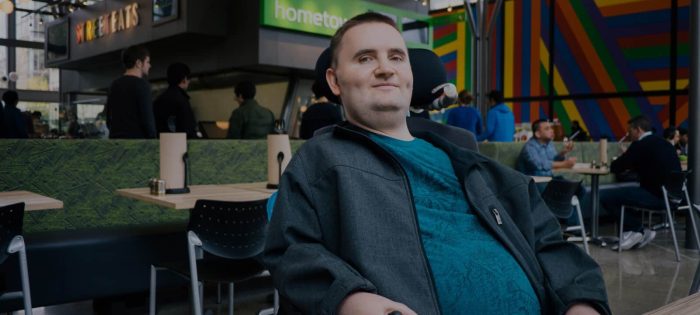
As one of the world’s biggest software developers and a company who prides itself for “empowering all users”, Microsoft takes accessibility very seriously. A year ago, the company launched its Accessibility Dev Center to provide documentation for developers for creating accessibility software that helps people with disabilities to interact with their technology. But since then, Microsoft’s embracing of a universal design language has helped the company to produce better software that address its impaired users, and we are already seeing the results in the Office apps which have received many accessibility improvements over the recent months.
But Microsoft could not truly understand the needs of all of its users if it didn’t employ people with disabilities. A few weeks ago, we told you how after a tragic accident put him in a wheelchair, the design lead for Xbox August de los Reyes helped the company to redefine Cortana’s design to help everyone. But today, Microsoft is sharing the story of Chris Schlechty, a SharePoint developer who is using his skills to help make Microsoft products better for people of all abilities.
The software development engineer has been suffering from muscular dystrophy, a degenerative disorder that limited the dexterity of his hands since the age of 8. He began using a wheelchair in fourth grade, and now uses his computer with an onscreen keyboard and other assistive technology. However, that did not stop him from becoming an engineer at Microsoft and he is now recognized as his team’s “accessibility driver” for engineering.

Remembering his childhood, Schlechty remembers that “I definitely knew then that physical labor jobs were out of the question, and my dream of becoming Tom Cruise in ‘Top Gun’ probably wasn’t very likely.” But as he’s “always been very math-oriented”, Schlechty thought he was meant to work at Microsoft. So, during his freshman year of high school, he joined the University of Washington’s DO-IT Scholars program, which helps kids with disabilities and encourages them to pursue internships. Then, Schlechty got two different internships at Microsoft and came back to the company after earning his computer science degree.
At Microsoft, Schlechty now works with designers to help them comply to accessibility standards. He explains:
“Technology provides that avenue to compensate in areas where something might be more difficult. It’s really cool to be able to help to enable people.”
Because he can really empathize with people with disabilities, Schlechty also joins code reviews to provide insight on the accessibility of new SharePoint features. And even if he codes with a mouse instead of a keyboard and needs to do some things a bit differently, Cyrus Balsara, group engineering manager for the team explains that his colleagues treat him like “just another one of the devs” but also consider him “an inspiration to everyone on the team”. He added:
“Chris is a core member of our dev team who is versatile enough to work on the full stack. His judgement and expertise with SharePoint is an invaluable asset to the team. Chris certainly has the expertise and the ability to guide a whole bunch of people.”

Today, Schlechty encourages students with disabilities to go to college and pursue challenging careers like he did. He is also an advisory board member for DO-IT Scholars, and has mentored teens through the U.S. Business Leadership Network as well. He’s glad to work at Microsoft, a company offering a variety of opportunities to people of all abilities:
“You’re working on real problems or projects, and there are so many things Microsoft is doing that if you want to specifically work on one thing, or your interests change over time, you have opportunities to move around. It’s really exciting to see the push for accessibility coming from the very top levels at Microsoft. And it’s great to be a part of the progress.”
Schlechty’s story is certainly very inspiring, and we’re glad to see the company that wants people to “do more” stay true to its words by focusing on accessibility features and recruiting people who can really empathize with the needs of all users. Please tell us in the comments if you like what Microsoft is doing to empower people to achieve more!



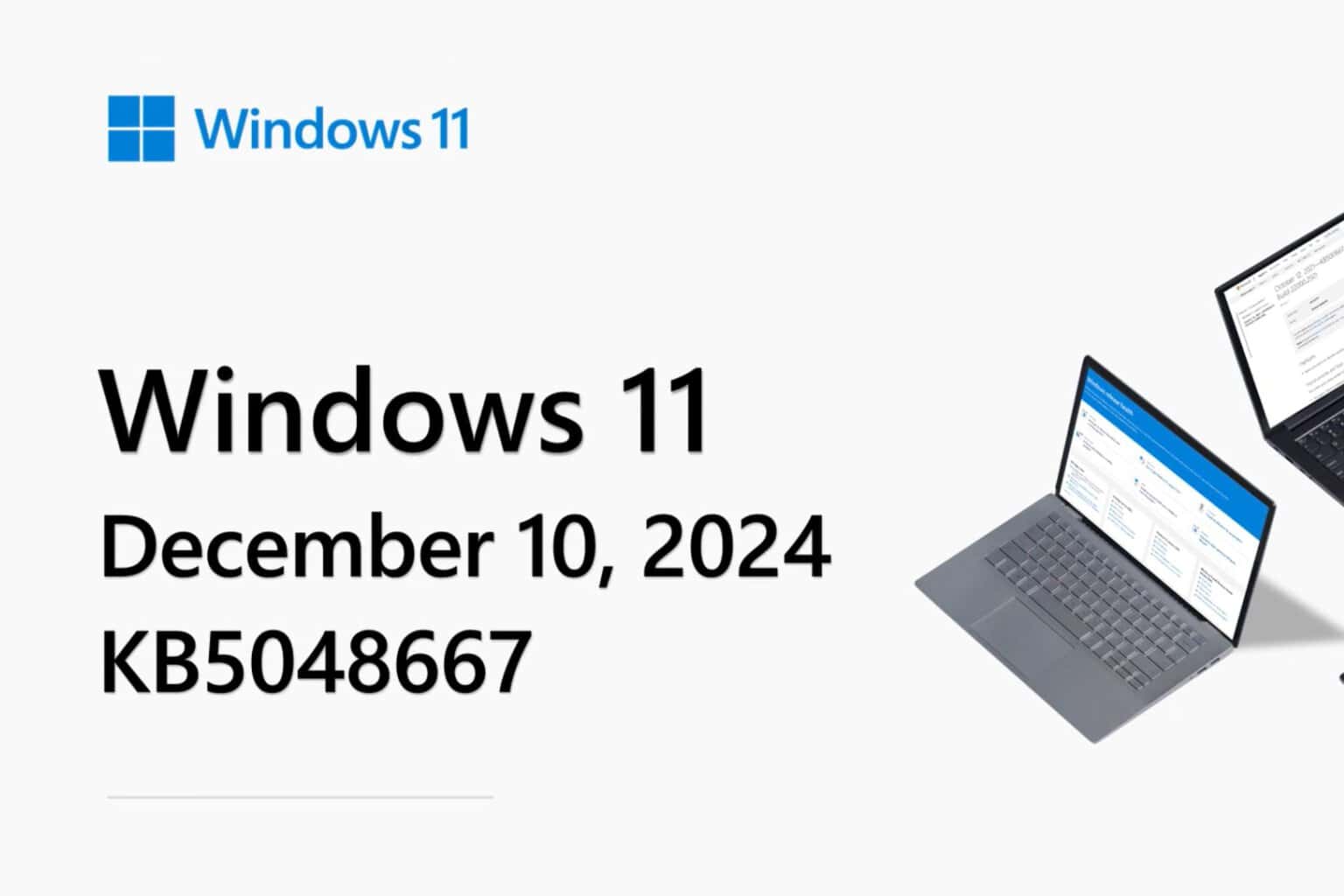
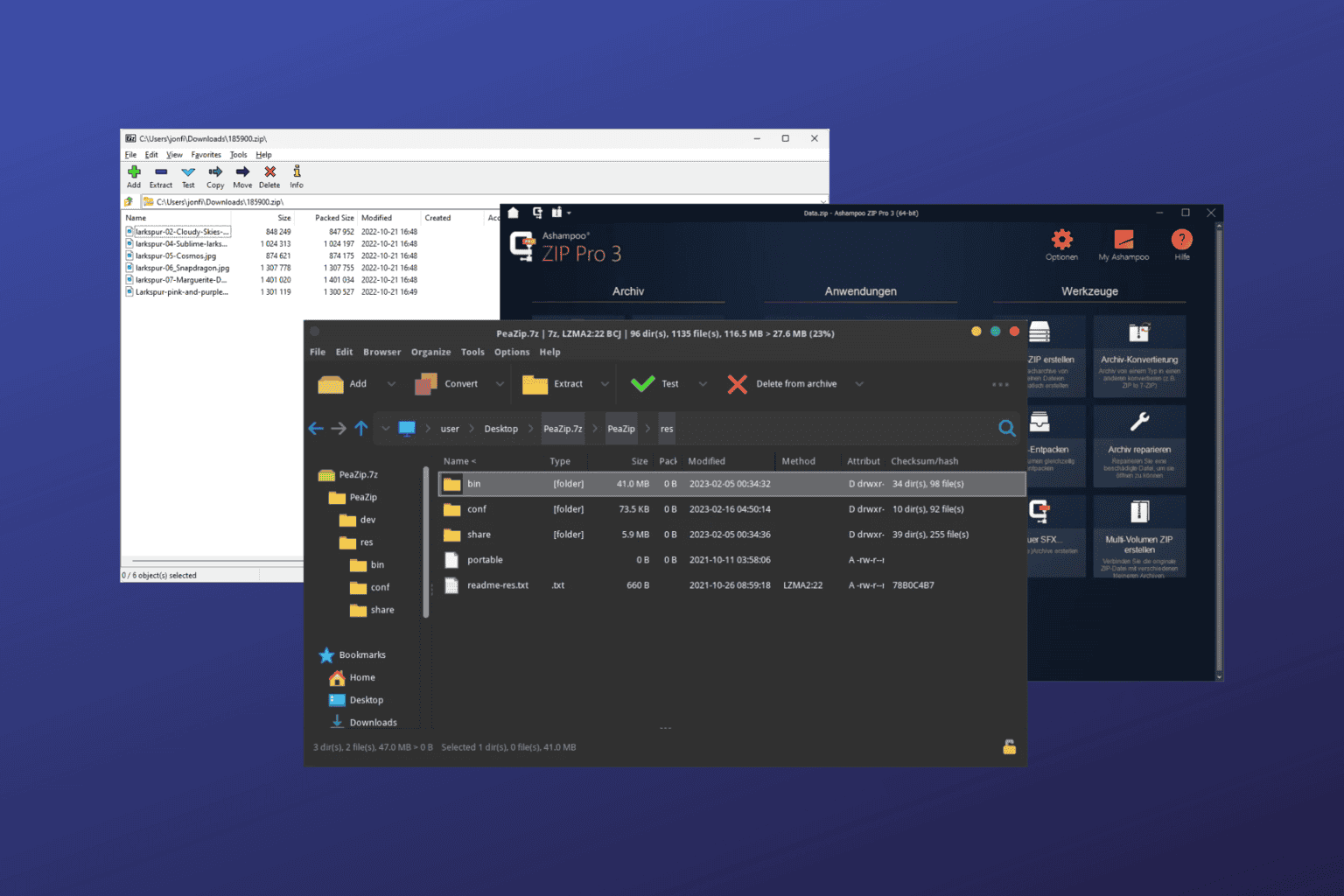
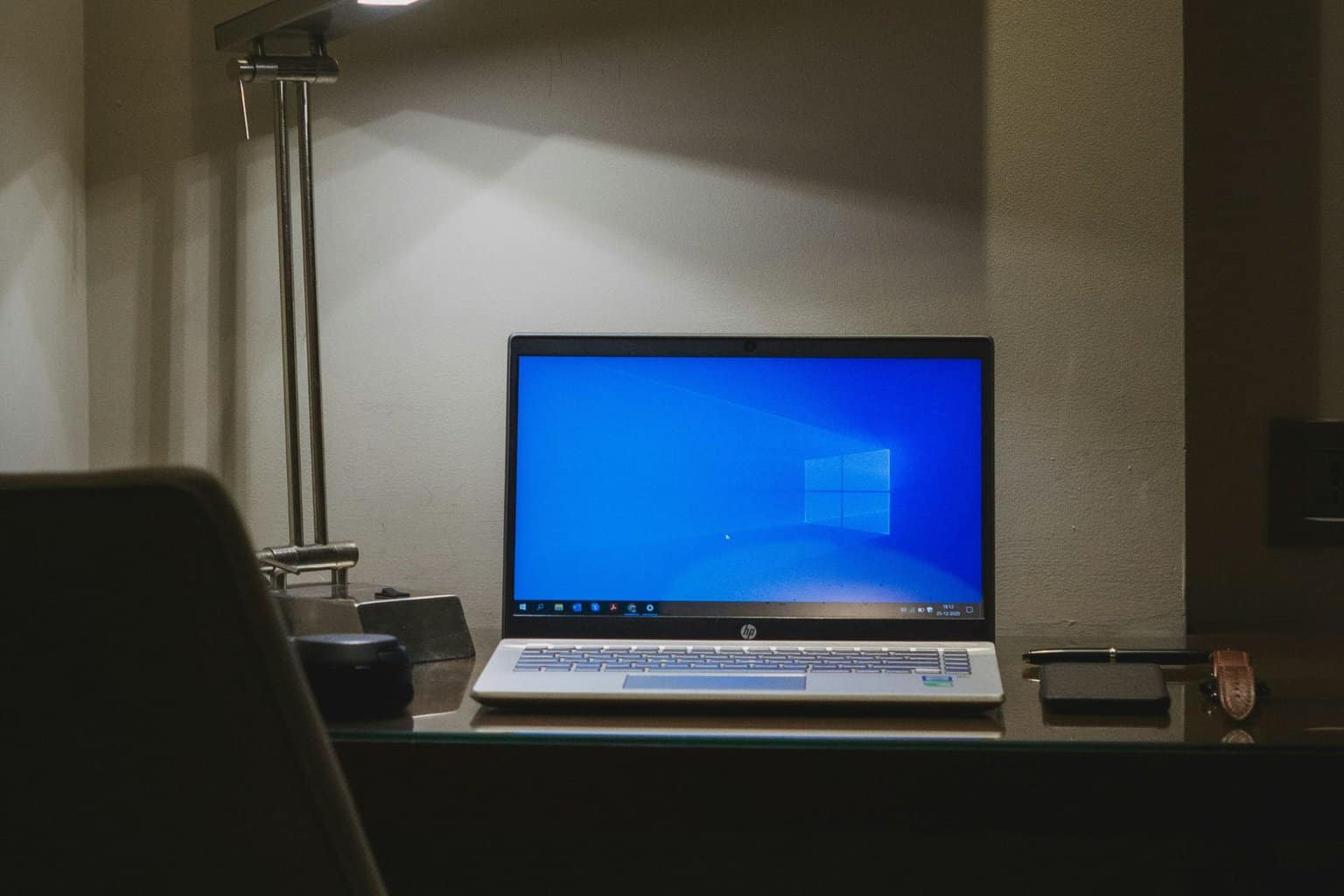
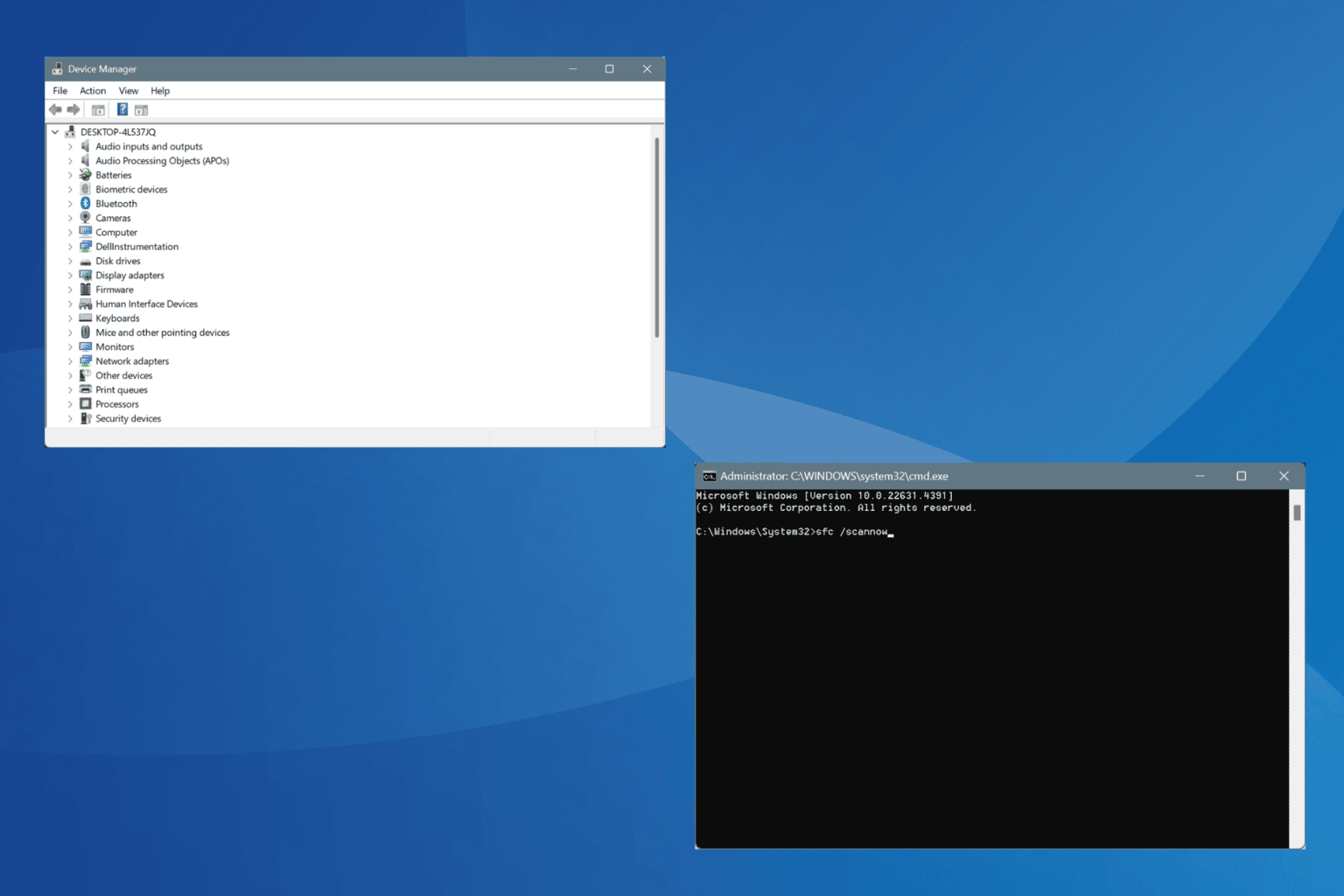

User forum
0 messages